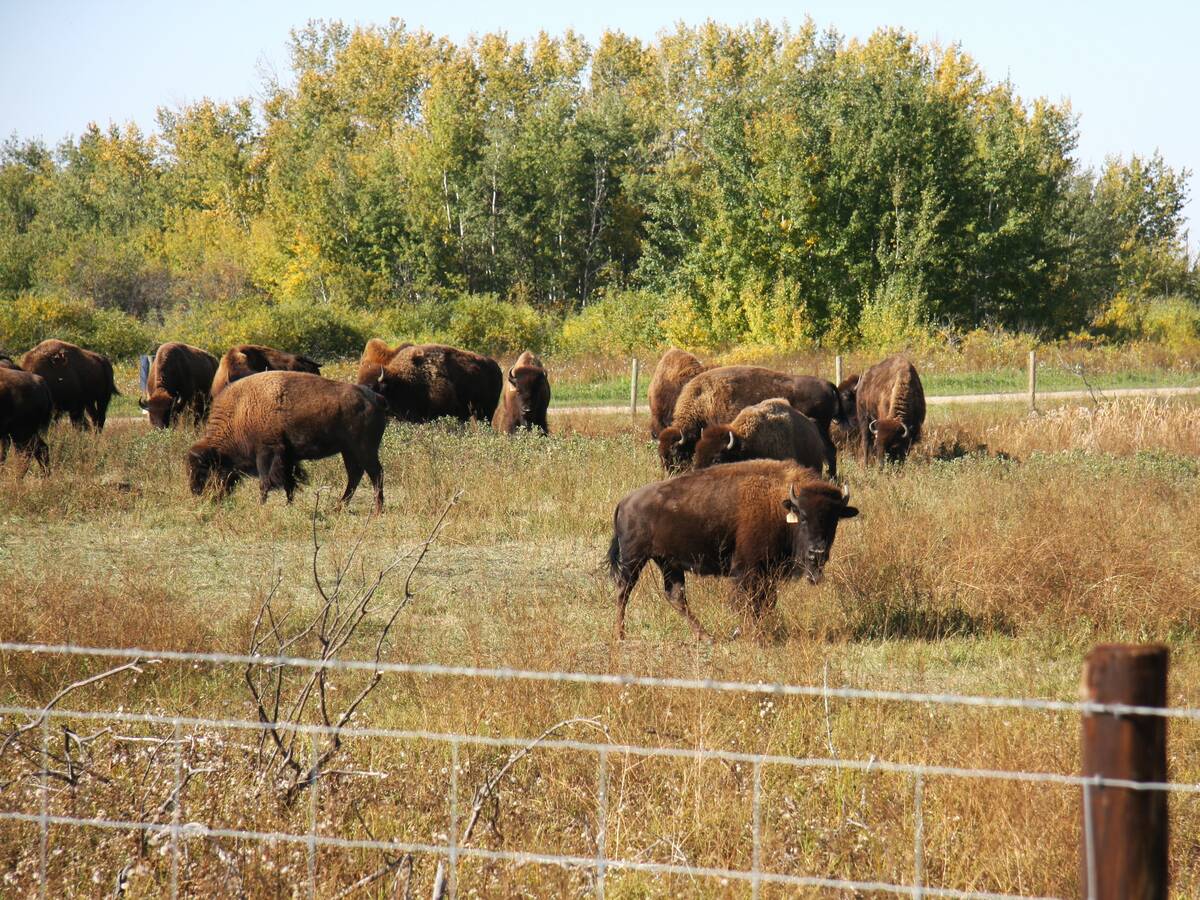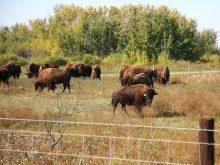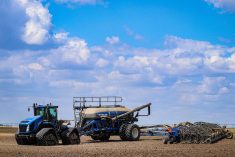(Reuters) — The World Health Organization is set to examine a widely used pesticide, and agribusiness is bracing for bad news.
The move comes less than three months after the United Nations agency classified glyphosate as “probably” cancer-causing.
Twenty-four scientists representing WHO’s International Agency for Research on Cancer are set to analyze scientific findings regarding links between cancer in humans and 2,4-D at a June 2-9 meeting in Lyon, France.
A separate group of IARC scientists in March unanimously decided to classify glyphosate as “probably carcinogenic to humans.” The designation prompted outrage and calls from Monsanto and other for a retraction.
Read Also

National Day for Truth and Reconciliation: Acknowledging the past, seeking a better future
How can the treaty rights of Indigenous peoples be honoured in a way that gives them a proper seat at the table when it comes to farming in Canada?
On the other hand, some public officials and consumers called for bans on the herbicide.
Many believe the same could happen to 2,4-D.
“I do think they are going to upgrade 2,4-D,” said Michael Hansen, a senior scientist at the Consumers Union, who has served on an advisory committee of the U.S. Department of Agriculture as well as a WHO consultation project.
“There is just as strong, or even a stronger case (for links to cancer), on 2,4-D than there was for glyphosate,” he said.
IARC’s work is of particular concern to Dow AgroSciences, which manufactures 2,4-D and this year is introducing a product that combines 2,4-D with glyphosate after gaining approval from the Environmental Protection Agency last year.
Dow will have representatives at the meeting.
As well, a 2,4-D task force backed by Dow funded an analysis of 14 studies that refutes concerns about 2,4-D and cancer. It has been submitted to IARC.
“The epidemiology evidence does not support an association between 2,4-D and NHL (non-Hodgkin lymphoma), gastric cancer or prostate cancer risk,” said Julie Goodman, a scientist and consultant working for the 2,4-D task force.
However, a different analysis of scientific studies did find cancer connections with 2,4-D, said IARC scientist Maria Leon, who co-authored the analysis last year.
There were indications that farm exposure to 2,4-D was associated with a 40 percent higher risk of non-Hodgkin lymphoma. Determining the strength of the evidence will be up to the IARC working group, Leon said.
Maarten Bosland, a U.S. cancer scientist and member of the IARC group evaluating 2,4-D, said he knows the work will be closely watched and that the outcome will rely on the scientific evidence.
“There is nothing that anybody can say at this point. We haven’t seen all the evidence,” Bosland said.
2,4-D is a long-used, popular herbicide that is an ingredient in products used by homeowners, farmers and ranchers.
Critics have said for years that 2,4-D has clear ties to several types of cancer and note that it was a key ingredient in Agent Orange, which was used to defoliate jungles in the Vietnam War. However, agribusiness interests, U.S. regulators and others say evidence of cancer connections is lacking.
A coalition of U.S. farmer and environmental groups has sued the EPA, seeking to overturn approval for Dow’s new herbicide.
















